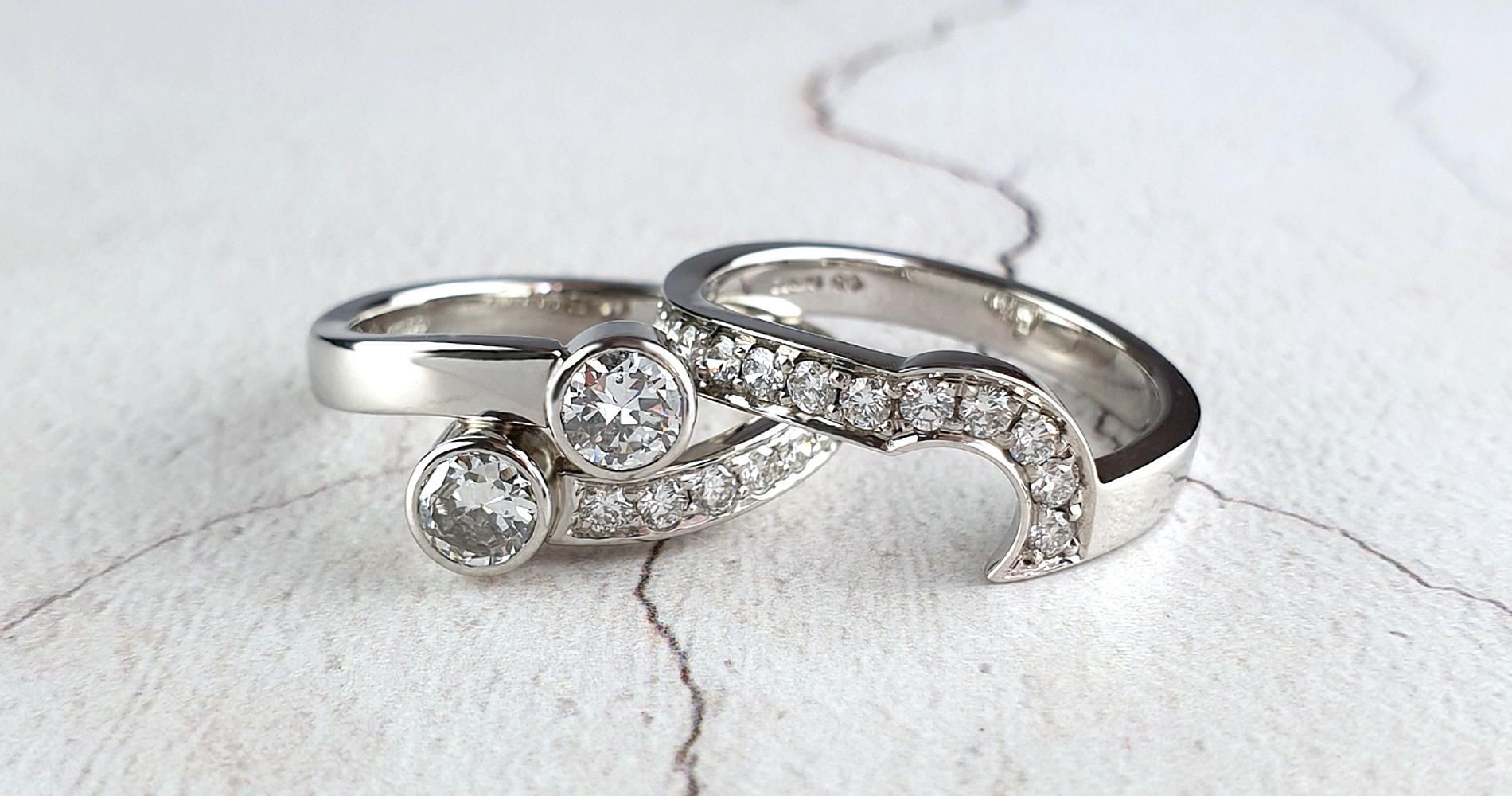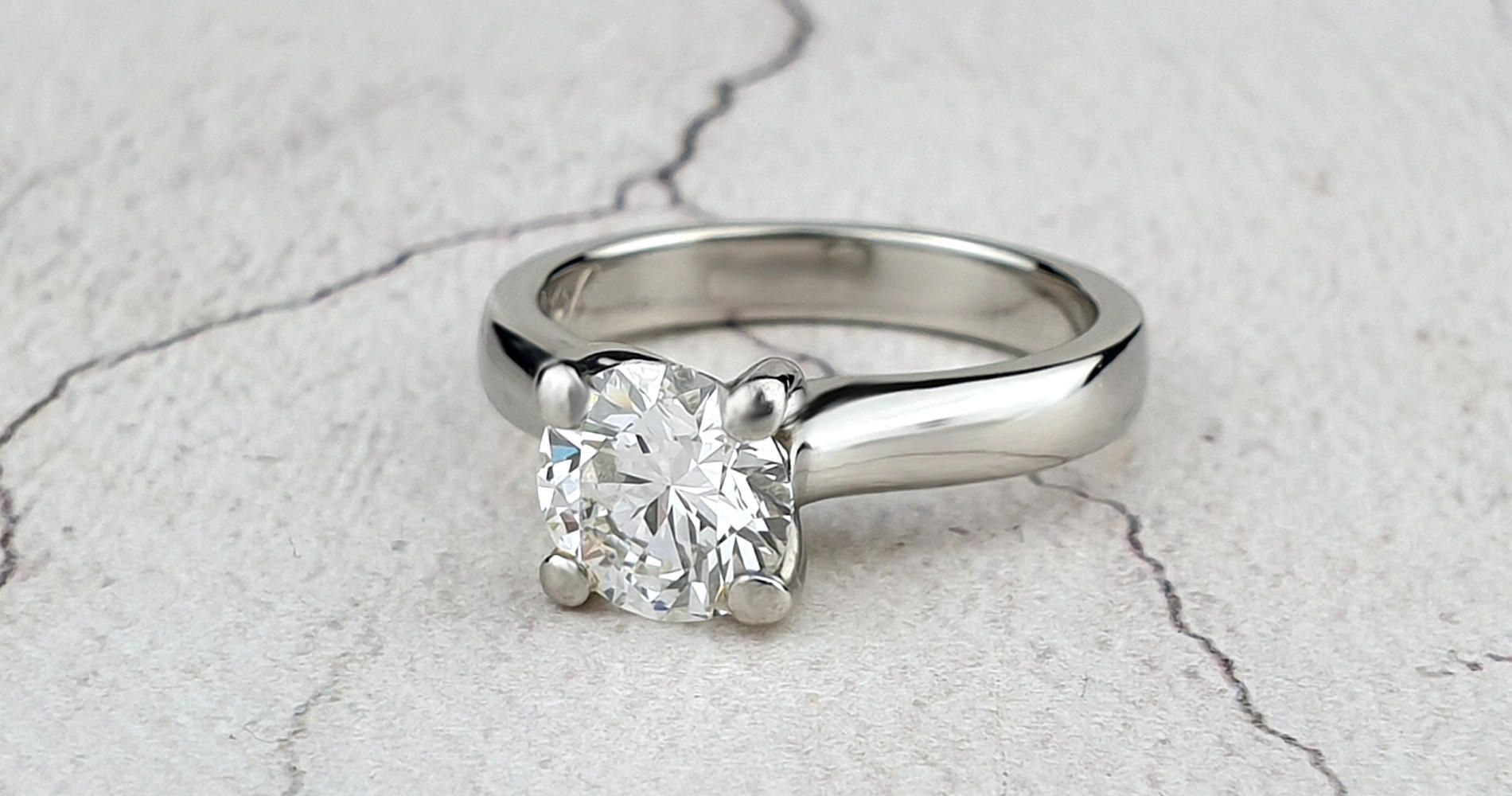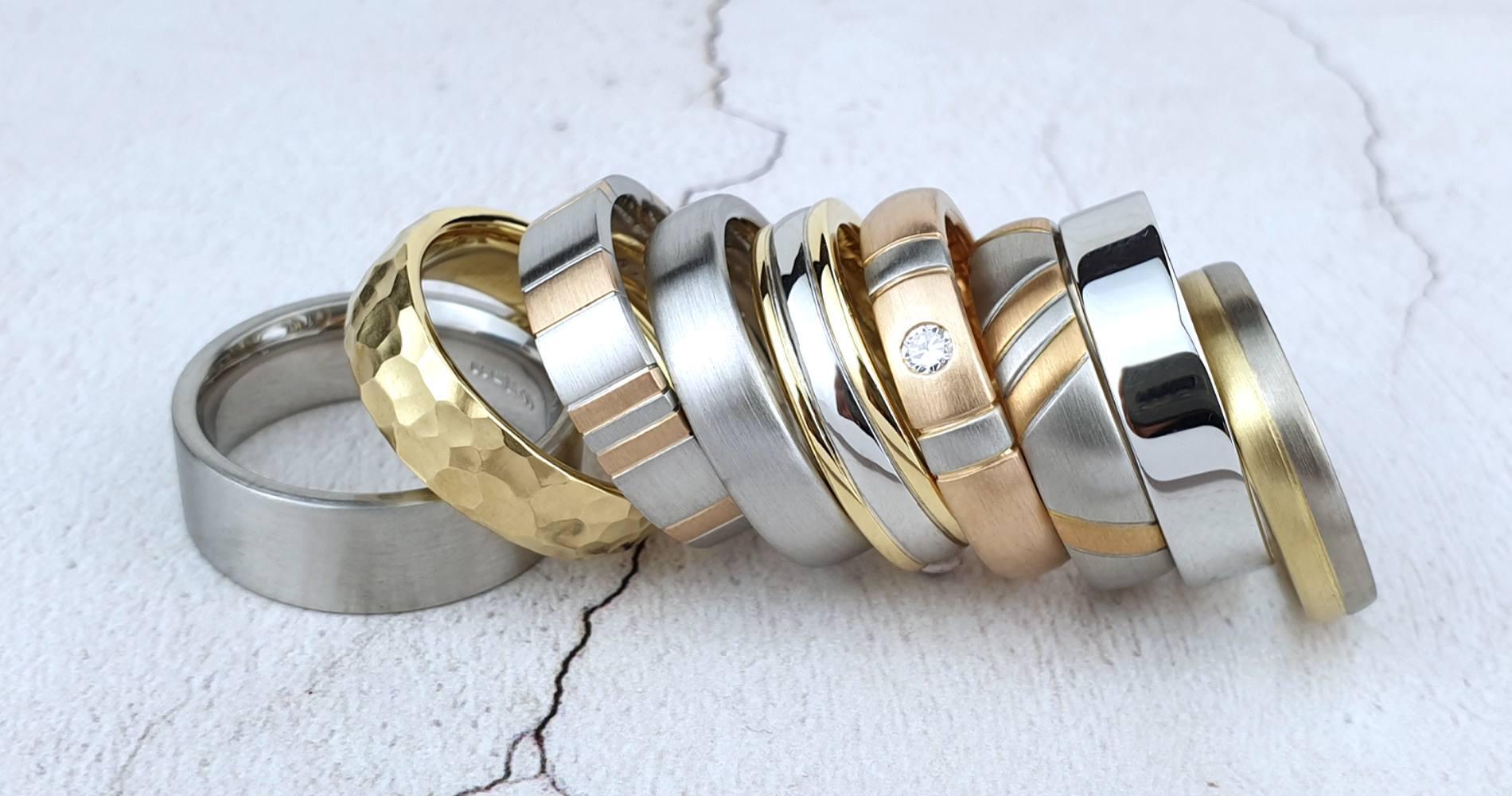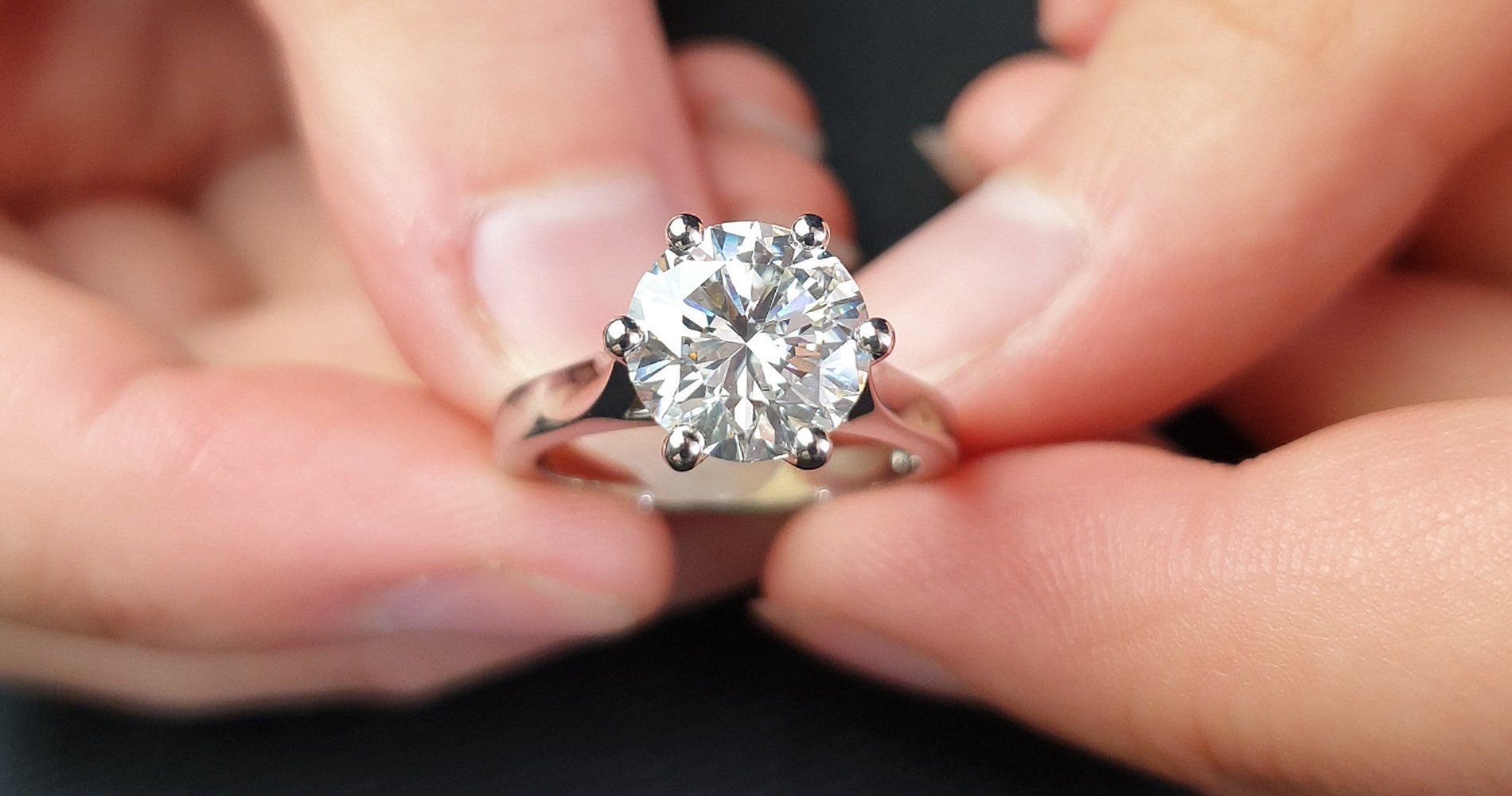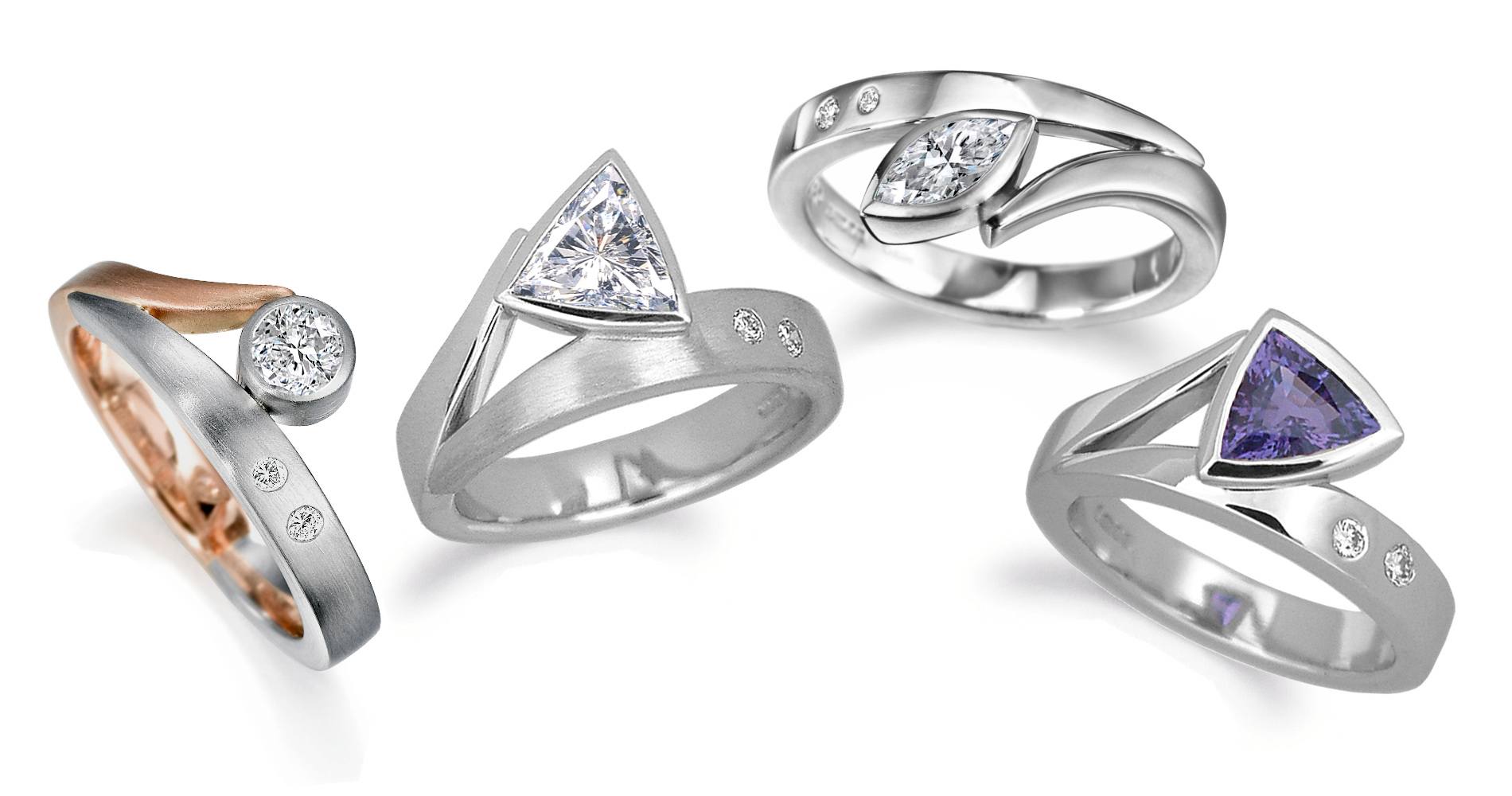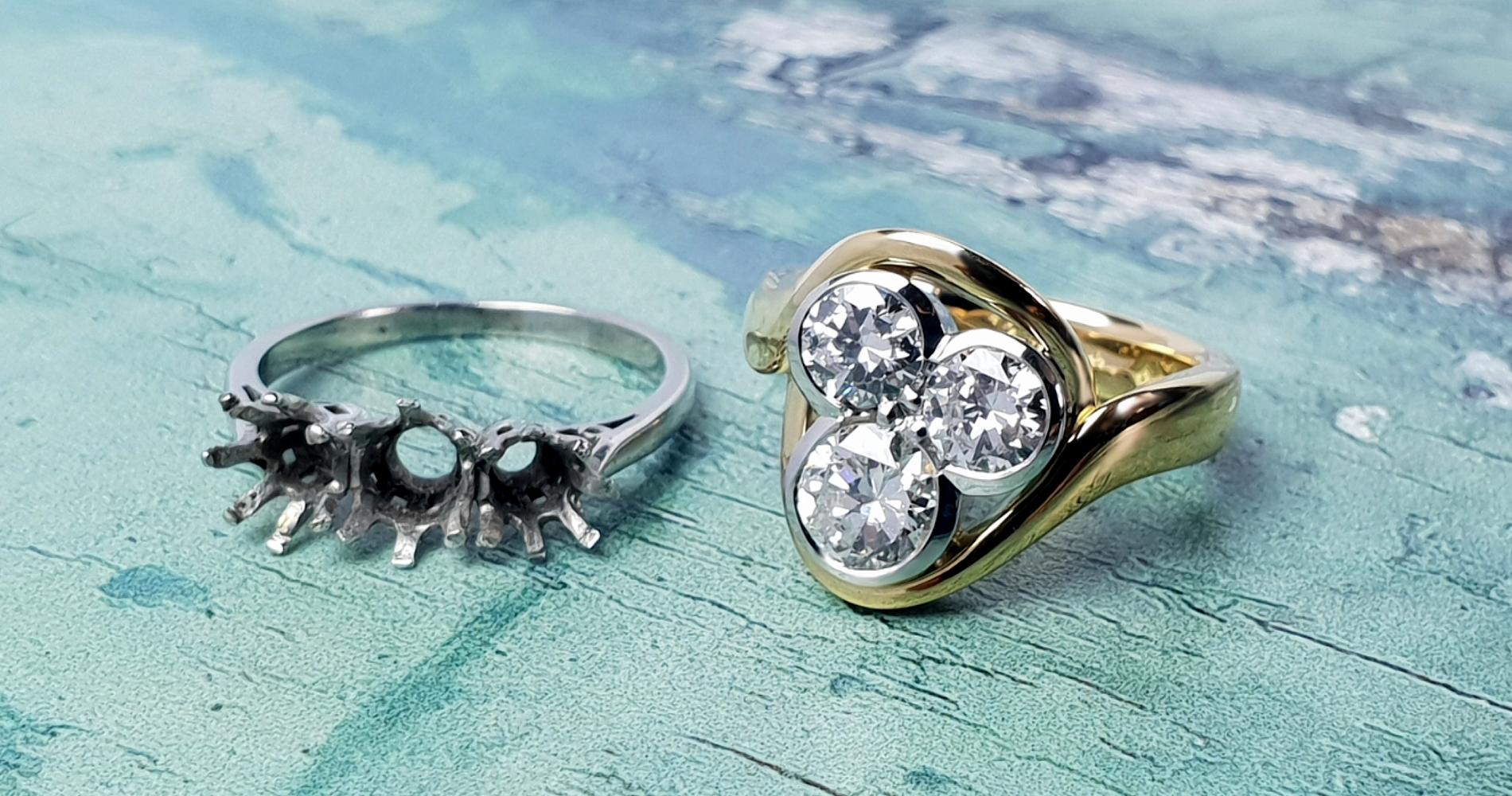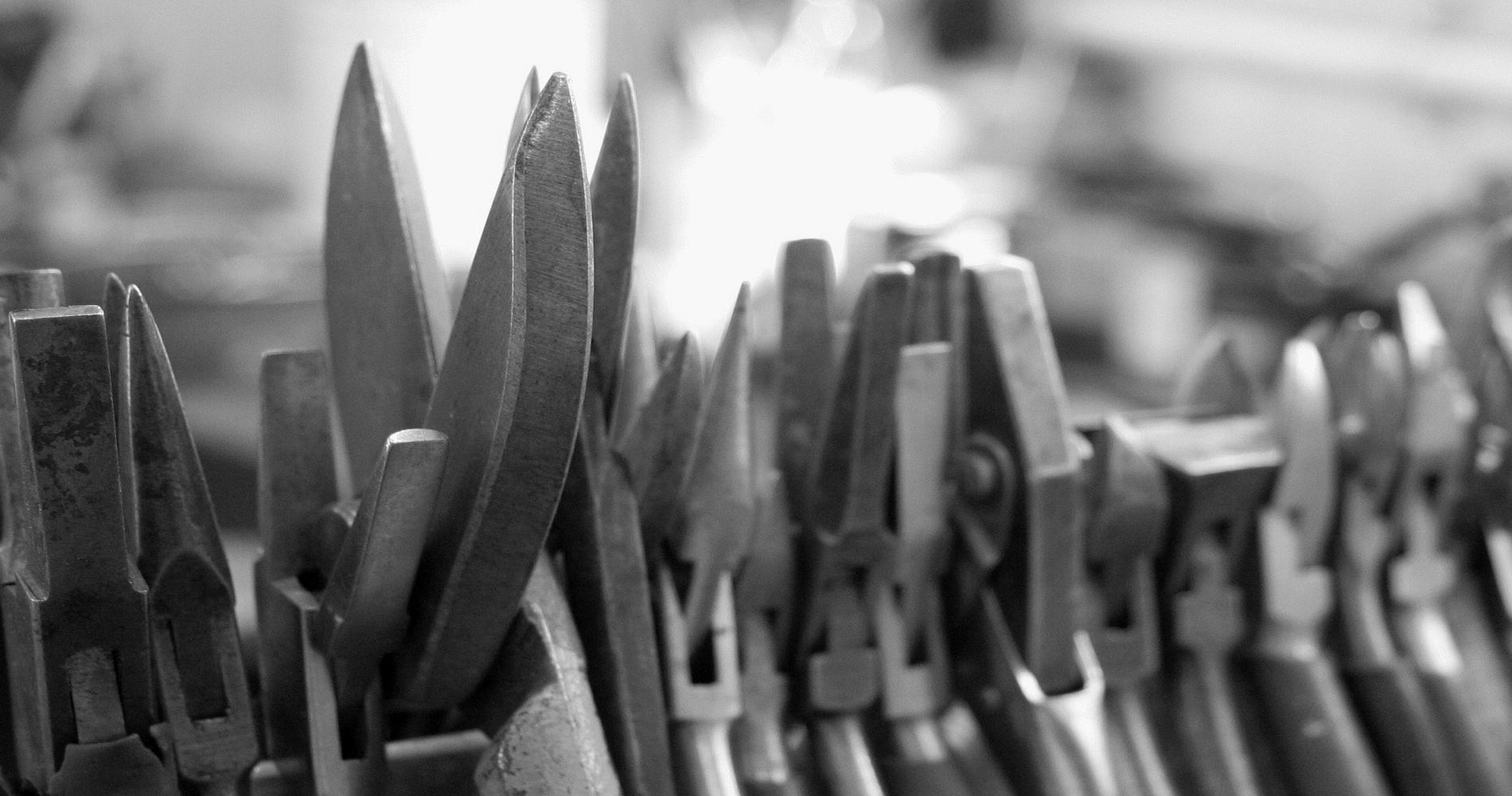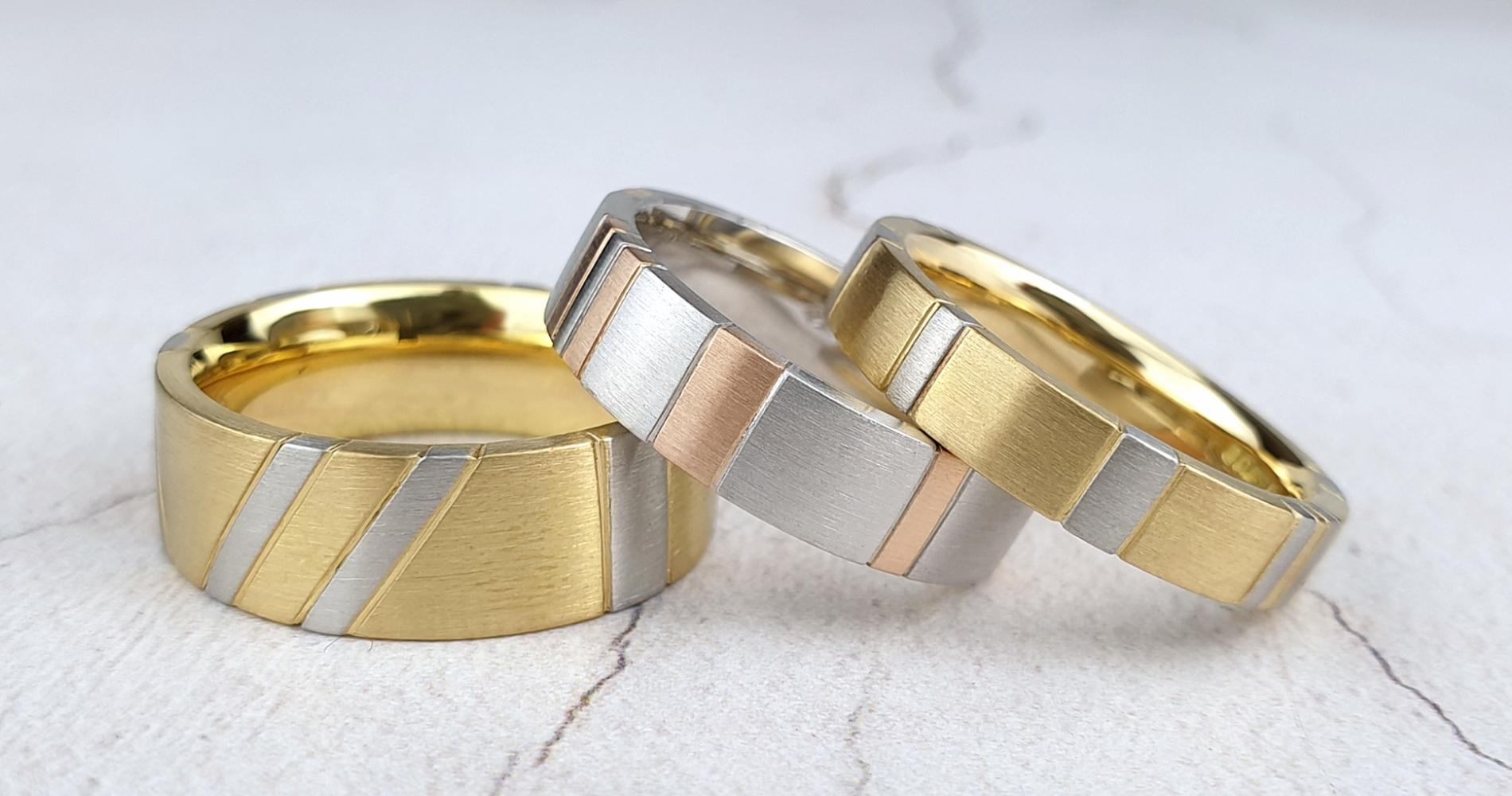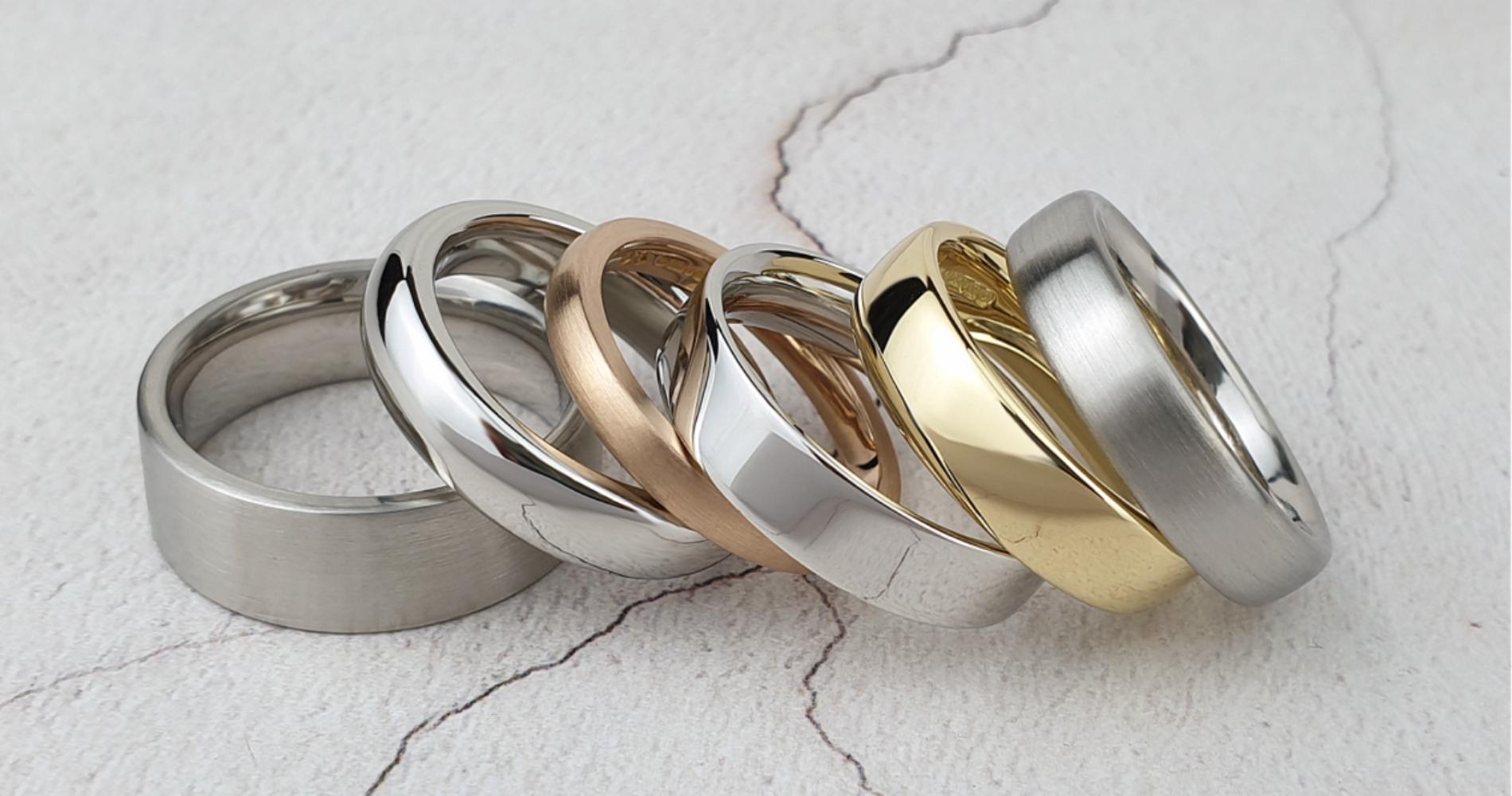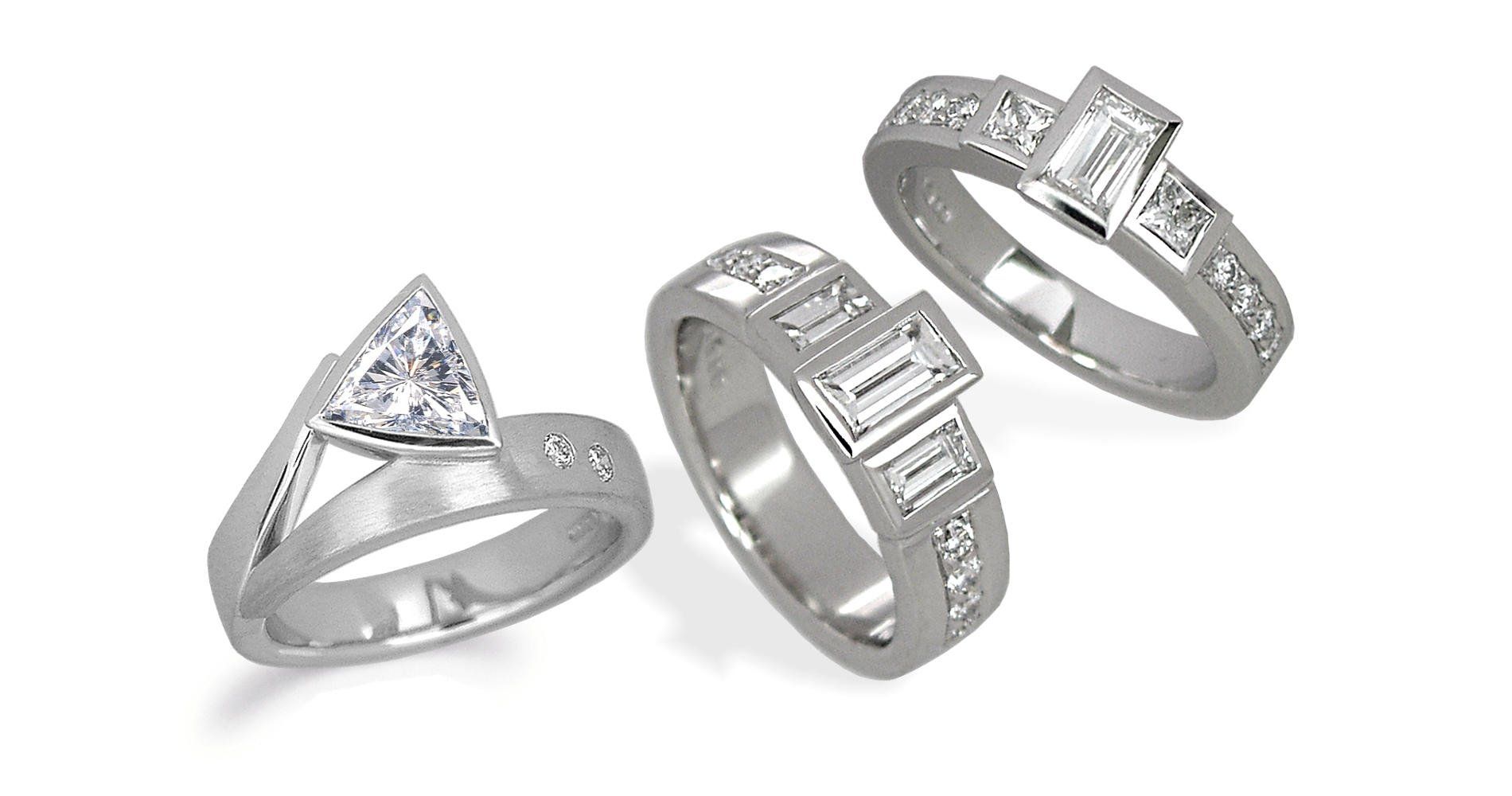Call us on: 01903207944
159 Montague St, Worthing, West Sussex, BN11 3BZ
If you want to know that what you are looking at is a real diamond, you need to be aware of the other materials that it could be.
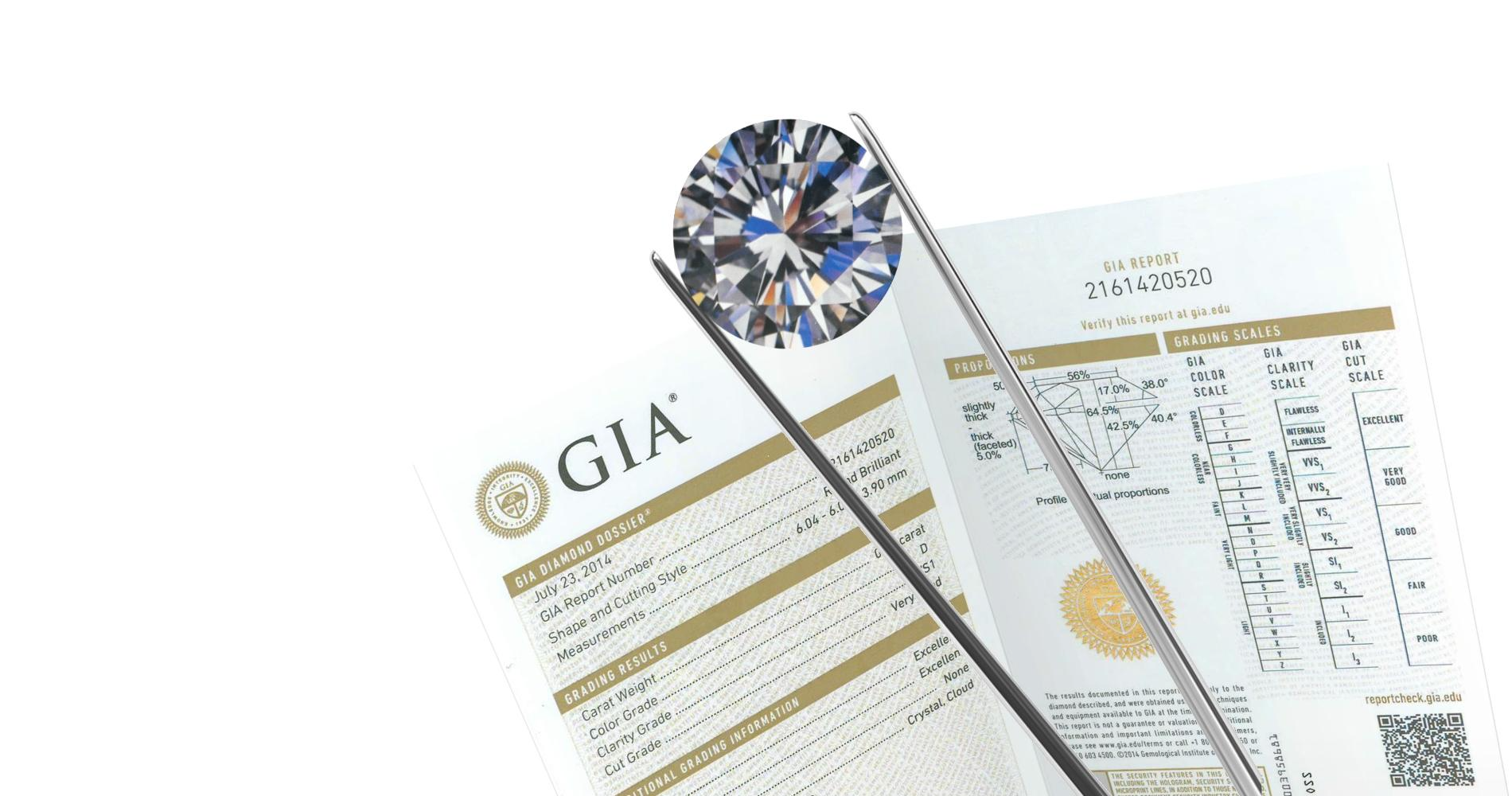
Diamonds have always been highly desirable and valuable, so through time, there has always been a demand for “lookalikes”.
Sometimes these have been intended to deceive, but often they are to enable those who cannot afford the real thing to achieve a similar look for a much lower price.
DIAMOND SIMULANTS
In antiquity, stones such as Quartz, Zircon, and Topaz were used as alternatives to diamond.
In the 18th century, Flint Glass first made an appearance. This is glass with a high lead content. "Stones" made of this material are also called known as Rhinestones, or Paste.
During the first half of the 20th century, the most commonly seen diamond simulants were synthetic white sapphire, and synthetic white Spinel.
These lack the brilliance and the lustre of diamond, and because they are comparatively soft, are easily damaged.
Synthetic Cubic Zirconia began to be widely available in the late 1970s. At first glance, and to the untrained eye, this is a much more convincing simulant, and is the one most commonly seen today.
During the late 1980s Synthetic Moissanite entered the market.
Initially, because of production costs, Moissanite was very expensive, and tended to have a greenish yellow hue. These days the Moissanite on the market is colourless, and the price is much lower.
Moissanite has more brilliance and higher dispersion than diamond. This means it has more sparkle, and gives off more flashes of colour than “the real thing”.
DURABILITY
Diamond is no longer considered to be the hardest substance on Earth, but in the World of gemstones, it is the hardest material you will find, and it is still the most scratch-resistant material on Earth.
Diamond will stand up to wear and tear, much better than any simulant.
Mohs’ Scale of Hardness describes how a substance can scratch another material or be scratched by it.
At 10 on the scale, a diamond can scratch everything below it.
Cubic Zirconia, at around 8.3 on the scale, might look a convincing diamond lookalike when new, but because it is much softer, when worn in a piece of jewellery, will be subject to surface damage that will spoil the effect.
Tip:
Look through a 10X lens or loupe. If you can see that facet edges are abraded or look rough, it is not a diamond, and is likely to be a CZ.
SYNTHETIC DIAMONDS
Man-made diamonds should not be confused with diamond simulants, such as Cubic Zirconia and Moissanite.
Lab-grown diamonds have chemical and physical and optical properties that are identical to those of natural diamonds.
Natural diamonds are formed deep in the earth’s crust, which takes about a billion years, whereas synthetic diamonds stones can be grown in just a few days. Consequently, the value of a natural diamond is much higher than that of it’s lab-grown equivalent.
If you are buying a diamond, it is important to know whether it is natural or man-made, and is not possible to tell them apart without specialist knowledge and equipment.
Fortunately, these days most diamonds will come with a gemmological certificate from an independent organisation such as the GIA.
A GIA certificate shows that the stone has been assessed by the Gemmological Association of America, and the certificate number will be laser-engraved on the girdle of the stone.
This is invisible to the naked eye, but can be read using a 20X lens. There are GIA labs across the world, and certificates can be checked online.
The certificate shows a lot of technical information regarding a stone, and crucially, specifies it’s origin.
Unless you are knowledgeable regarding diamonds and the simulants on the market, it is easy to be taken in by an unscrupulous dealer.
This often happens when people are on holiday abroad, feeling relaxed, and with limited time to consider their decision.
Don't get caught out. Remember that the diamond market is global, and there are no places where prices are much lower than elsewhere.
Buying from a reputable and established jeweller in the UK is the best way to ensure that the diamond you buy really is a diamond.
-
Aurum Designer Jewellers Facebook
Aurum Designer Jewellers FacebookAurum Designer Jewellers Facebook
-
Aurum Designer Jewellers Twitter
Aurum Designer Jewellers TwitterAurum Designer Jewellers Twitter
-
Aurum Designer Jewellers Instagram
Aurum Designer Jewellers InstagramAurum Designer Jewellers Instagram
Aurum designer-jewellers, 159 Montague Street, Worthing, West Sussex BN11 3BZ
All Rights Reserved | Aurum designer jewellers | Website by Infoserve | Privacy & Cookie Policy

